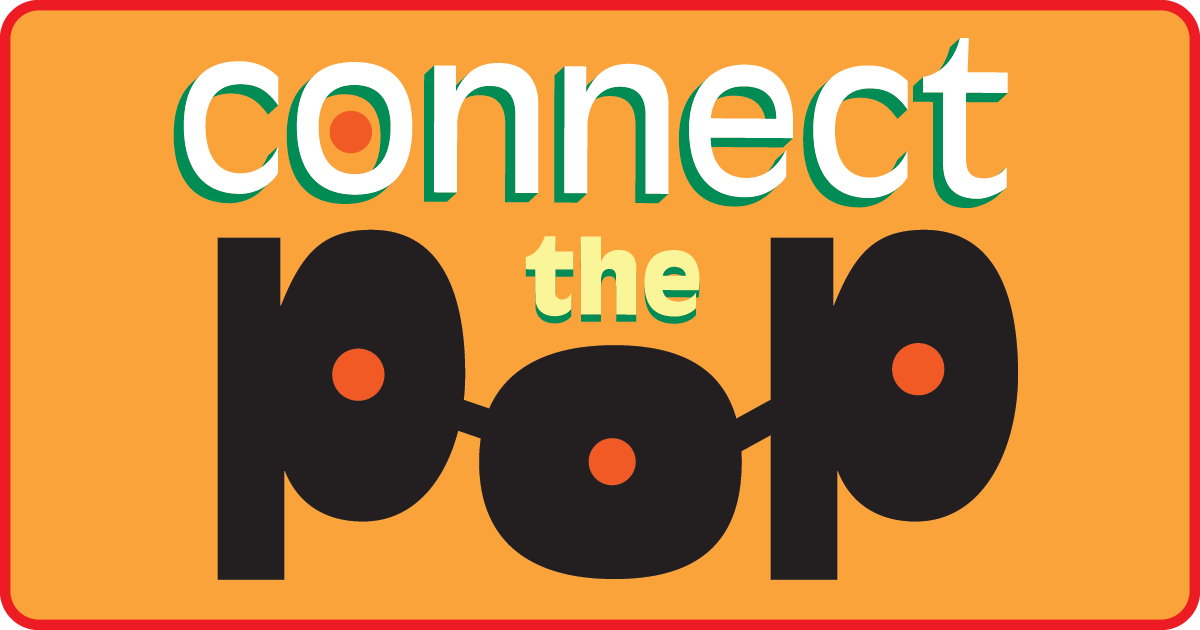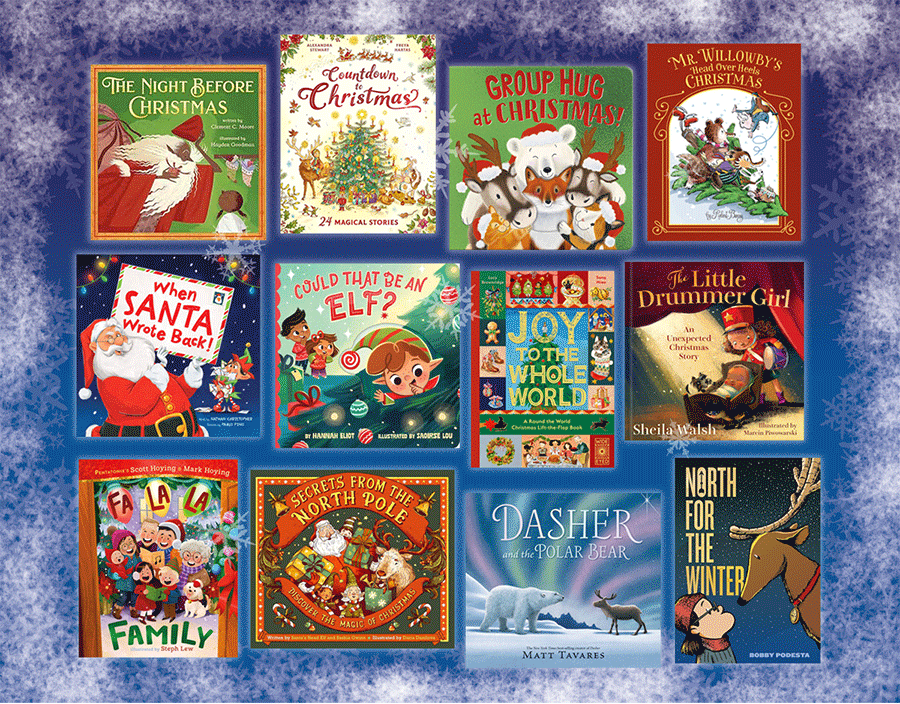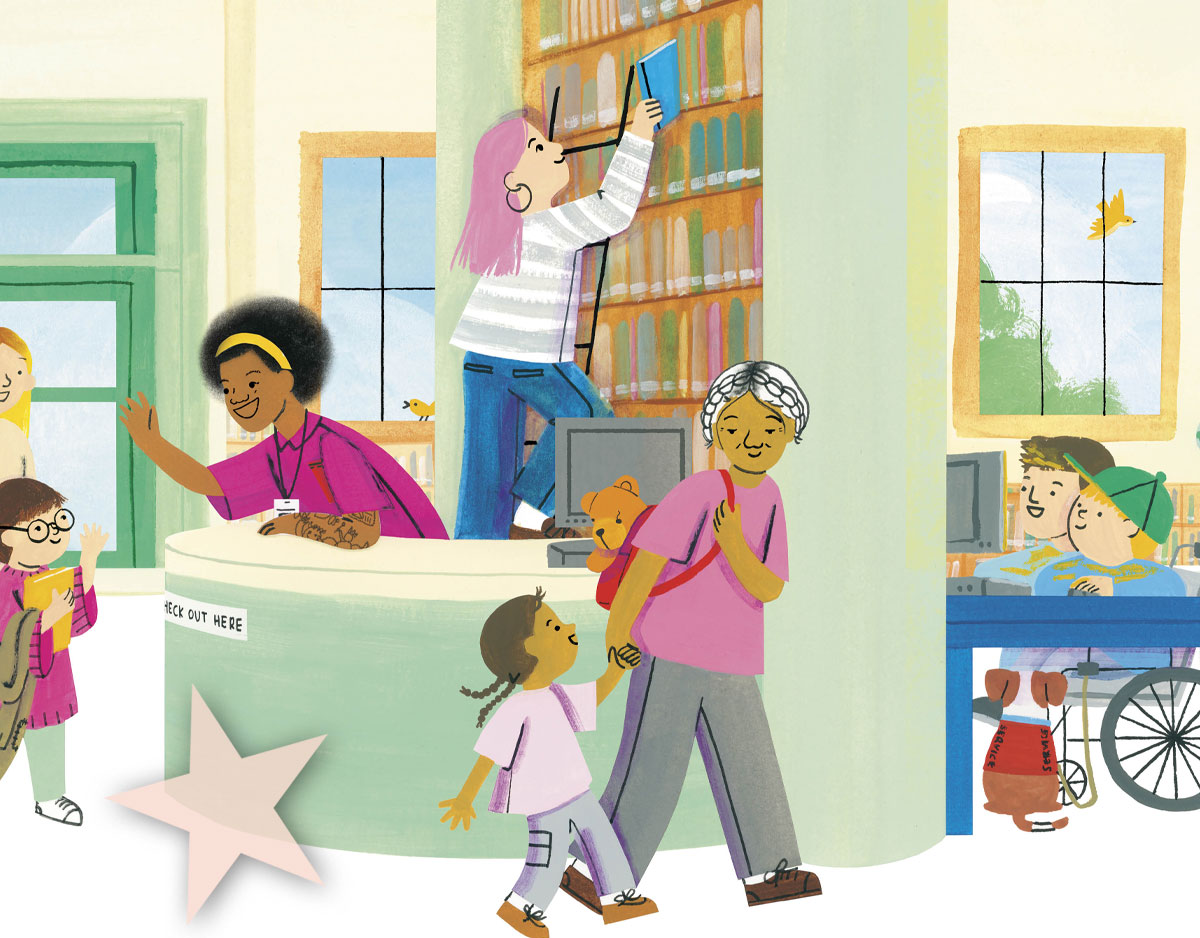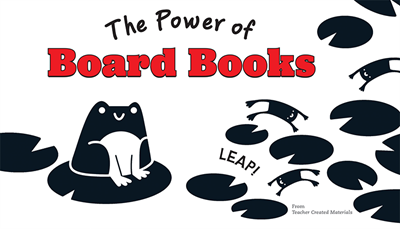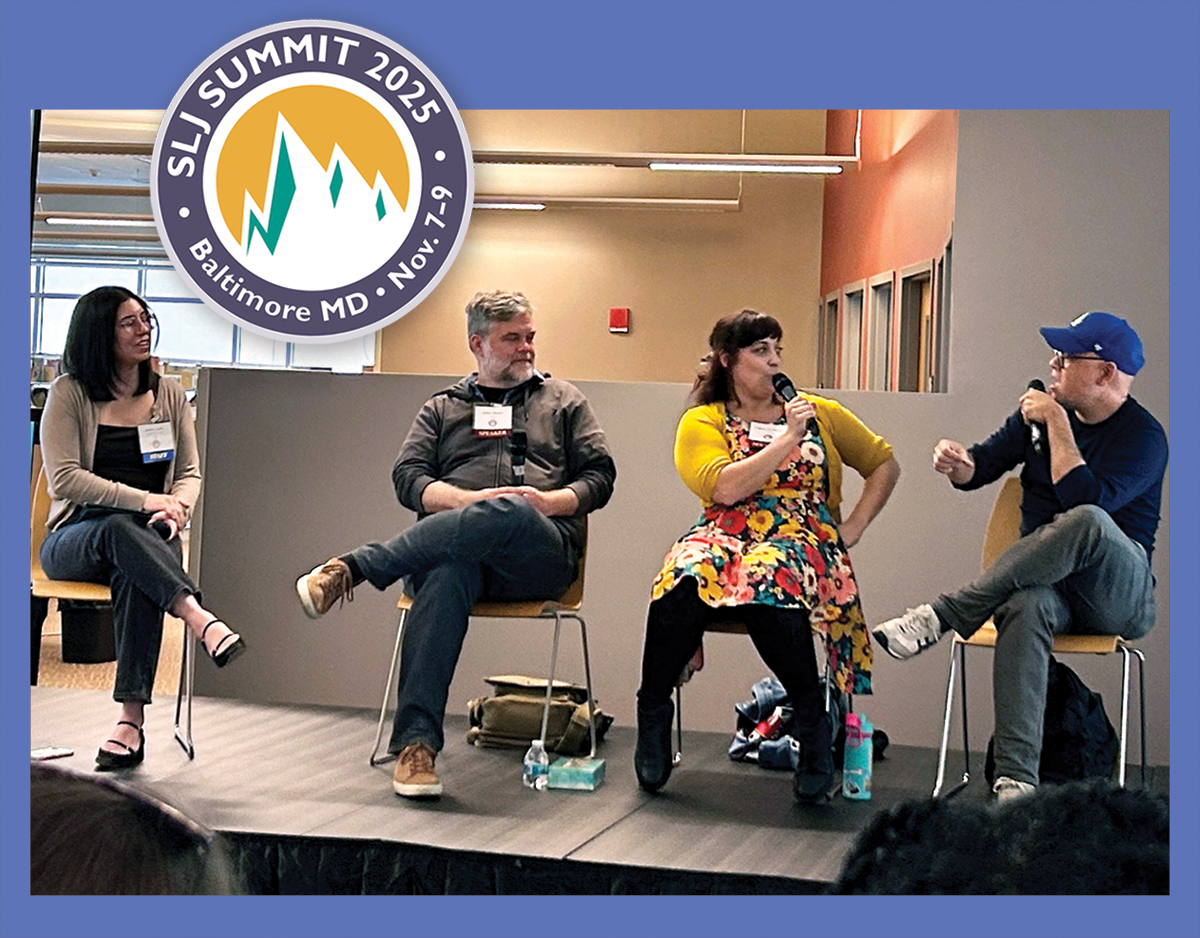SCROLL DOWN TO READ THE POST
Fanfiction: What Educators Really Need to Know
Guest Post by Drew Emanuel Berkowitz
It wasn’t too long ago that educators believed writing stories based on television shows, movies, comic books, cartoons, and video games was “nonacademic”, “frivolous”, and even “inappropriate” for K-12 public schools. Recently, however, a growing number of teachers and librarians—such as Chris Shamburg and Tracey Kell—have written about their successful attempts to bring fanfiction writing into their classrooms. Yet, as Peter Gutierrez noted in “433 Words on Why Fandom Doesn’t Belong in Schools”, some educators have serious concerns about how fan literacies like fanfiction are being adopted by schools. These educators worry that in-school fan practices might not be able to maintain the qualities that have made out-of-school fan practices so appealing.
In order to help librarians and classroom teachers determine whether bringing fanfiction into their schools is a good idea, this article (the first in a series discussing what fanfiction can—and can’t—do for K-12 public schools) will discuss what fanfiction is, what teachers think it is, and why educators would want to bring it into their classrooms.
ADVERTISEMENT
ADVERTISEMENT

(photo by Kristin Dos Santos)
Flavors of Fanfiction
Nowadays, many teachers might strongly associate fanfiction writing with online fanfiction communities: sites of informal learning where authors draw upon their readers’ familiarity with existing stories and characters in order to create original works. Yet, fanfiction—also known as “fan fiction” or “fan fic”—can be shared in a variety of other ways: at science fiction conventions (especially in the form of folk songs and dōjinshi comics), in print (Seth Grahame-Smith’s Pride and Prejudice and Zombies and Stephen King’s H.P. Lovecraft fanfiction story, “Jerusalem’s Lot”, are two particularly well known examples), and in Star Trek “fanzines” dating back to the 1960s.
Fanfiction also does not have to be shared with widespread audiences: younger children may write stories and show them to only their parents and siblings, and older children may write fanfiction and show it to only their friends, if they show it to anyone at all. Even when fanfiction is posted online, it may be done so under the condition of anonymity: a child’s friends and parents may not know that she is a prolific fanfiction writer. Internet communities allow these children to experiment with their developing identities by crafting stories based on their own experiences and concerns in an anonymous environment.
Despite the fact that fanfiction does not have to be created within an online community (the sort of environment scholars might call an “affinity space”) it is very clear that many teachers think that (a) it usually is a community practice, and (b) its most powerful literacy qualities are community-oriented. During my research on out-of-school literacies, I have examined over ten years of journals and trade publications intended for K-12 teachers, and found that community practice was by far one of the most common ways these texts have presented fanfiction to educators (other common depictions were, unsurprisingly, online practice and out-of-school practice). These articles, which conceivably have had some impact on teachers’ ideas about bringing fanfiction writing into classrooms, talk about a very specific form of fanfiction writing… one that all students might not share or practice.
Since there are so many ways and places to write fanfiction, great care must be taken when assigning a fanfiction project to students. Educators should let their students know that there are many correct ways to “do” fanfiction, depending on the context. This issue will be discussed in greater detail in the next article; for now, let’s turn to why educators believe that online fanfiction communities offer a form of literacy that would be beneficial to young writers.
Audiences and Criticism
 One of the possible benefits of online fanfiction is that, since it is created for an expected audience (the community of fans who like the source material), it can teach young authors to consider how their work might be received. This potential is very apparent within the fan community BoardGameGeek.com, where fans post original “scenarios” for board games like “Mansions of Madness.” In “Mansions of Madness”, one player narrates a horror story set in the 1920s, and the other players act as the protagonists (detectives, flappers, etc.). On BoardGameGeek.com, fans of the game post original playing cards that other fans can print out in order to add new stories to their copies of “Mansions of Madness.” If authors want to receive positive feedback, they must be able to anticipate how their audiences might use these cards to “act out” their stories.
One of the possible benefits of online fanfiction is that, since it is created for an expected audience (the community of fans who like the source material), it can teach young authors to consider how their work might be received. This potential is very apparent within the fan community BoardGameGeek.com, where fans post original “scenarios” for board games like “Mansions of Madness.” In “Mansions of Madness”, one player narrates a horror story set in the 1920s, and the other players act as the protagonists (detectives, flappers, etc.). On BoardGameGeek.com, fans of the game post original playing cards that other fans can print out in order to add new stories to their copies of “Mansions of Madness.” If authors want to receive positive feedback, they must be able to anticipate how their audiences might use these cards to “act out” their stories.

However, this raises two important questions about fanfiction communities: do young fanfiction authors seek the kind of feedback that educators would find “useful” in K-12 settings, and are fanfiction communities really the nurturing environments of peer-critique that some make them out to be Many fanfiction authors adopt a cavalier “don’t like it, don’t read it” attitude towards criticism, while others may be interested only in improving certain aspects of their work (e.g., narrative cohesion, but not grammar). Young fanfiction authors who are open to criticism may soon find more than they bargained for: although fan audiences can offer highly insightful and constructive comments, their anonymous members are also frequently capable of very destructive forms of “cyber-bulling”, such as writing wiki pages to commemorate fanfiction stories the community considers particularly awful and making YouTube videos insulting the creators of Flash-animated Nintendo fangames. It is vital, then, that teachers have realistic expectations about how online fanfiction practices align with their own personal views on peer-mediated writing.
Demographic and Democratic – the “Two D’s” of Fanfiction Literacy
ADVERTISEMENT
ADVERTISEMENT
One key reason why teachers are eager to adopt these peer-mediated writing practices is that fanfiction is both demographically and democratically oriented: demographically because it appeals to specific groups of children who traditionally present teachers with particular challenges, and democratically because it offers students a learning environment where they teach each other. From English language learners to Appalachian teens, students from a wide range of populations that do not “traditionally” possess strong school literacies are admired by their out-of-school peers for their fanfiction-related competencies. Unlike most forms of encouragement found within schools, this praise and status is frequently based on how well participants are able to help others and share knowledge, rather than how well participants are able to help themselves. Additionally, the lack of facilitators providing “right” or “wrong” answers, as well as the multicultural nature of online fanfiction communities, exposes adolescents to a diverse variety of perspectives and opinions about topics they find deeply important.
Unfortunately, there are many problems associated with translating these democratic practices “authentically” into K-12 classrooms. The first difficulty is related to institutional constraints: many schools are still wary of allowing students onto the real Internet, prompting teachers to set up self-contained simulations of fanfiction communities that only their students can join. This effectively excludes the diverse regional and cultural perspectives that out-of-school fanfiction communities offer adolescents.
Another issue is that out-of-school fanfiction is voluntary, while in-school fanfiction is frequently an “exercise”, with definitive pedagogical objectives and due dates. This conversion might stifle creativity by imposing limitations on what was initially a boundlessly creative, open-ended activity. Furthermore, by turning “fun” into “work”, teachers risk alienating both existing fanfiction practitioners, who may have no interest in seeing their hobby become a classroom exercise, and non-practitioners, who may have no interest in writing stories about popular culture.
When we return for our second post, we will examine how attempts to “fit” fandom into the K-12 classroom (for example, by adding central facilitation, grading rubrics, or “best practice” models) can remove many of the benefits associated with fanfiction, changing it into something akin to a “traditional” school literacy exercise rather than the exciting opportunity for revitalizing literacy it has always had the potential to be.
Filed under: English, Fandom, New Media, Transliteracy
About Peter Gutierrez
A former middle school teacher, Peter Gutierrez has spent the past 20 years developing curriculum as well as working in, and writing about, various branches of pop culture. You can sample way too many of his thoughts about media and media literacy via Twitter: @Peter_Gutierrez
ADVERTISEMENT
SLJ Blog Network
Now on The Yarn: Our Annual 2026 Preview Episode!
Sibert 2026 Predictions! It’s Nonfiction, Man.
The Shiver of Christmas Town | This Week’s New Comics
Fast Five Interview: V.T. Bidania
The Classroom Bookshelf is Moving
Our 2026 Preview Episode!
ADVERTISEMENT
ADVERTISEMENT

